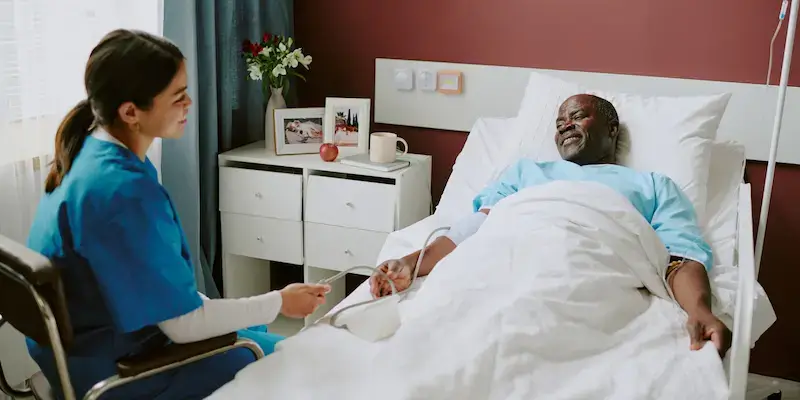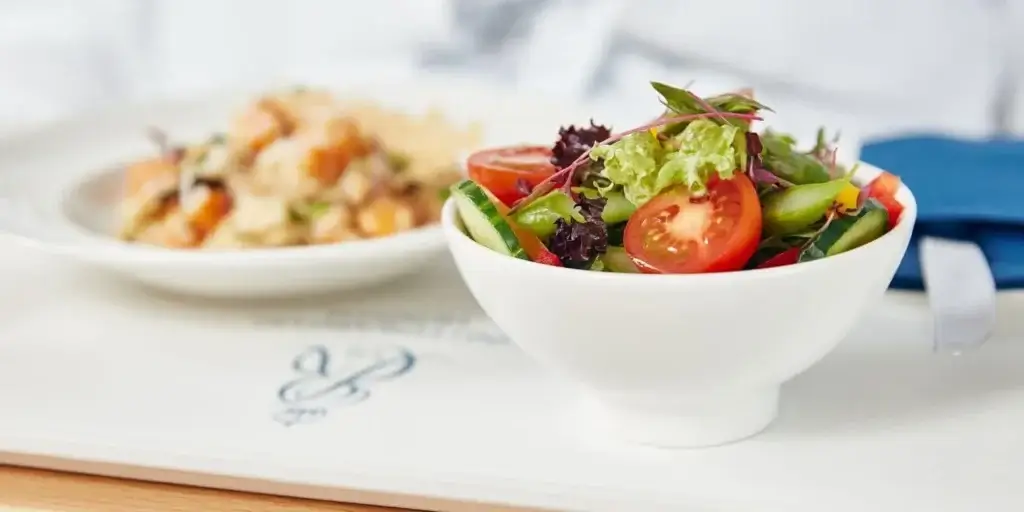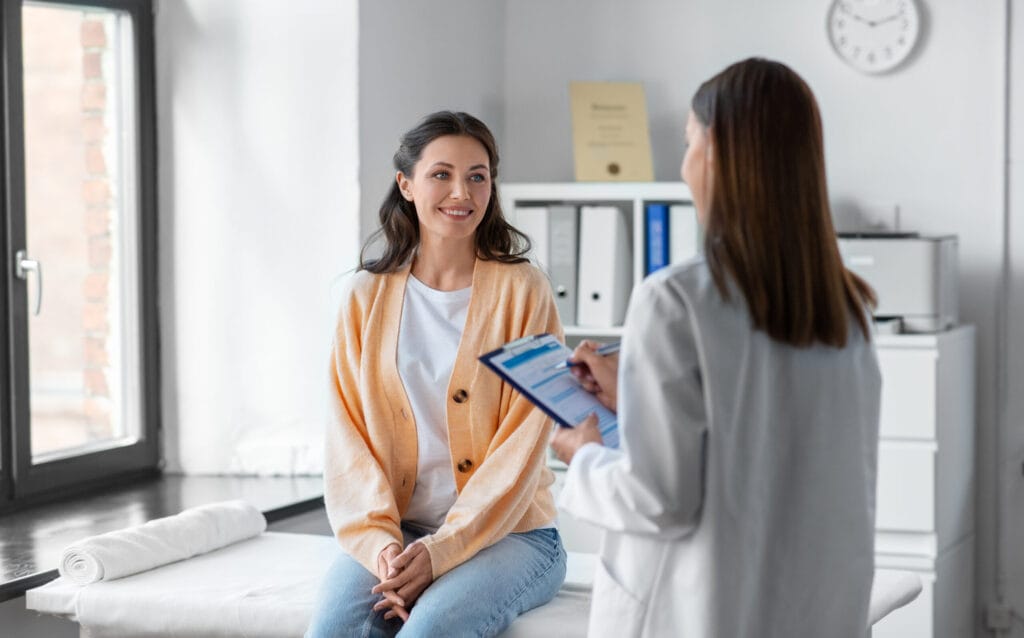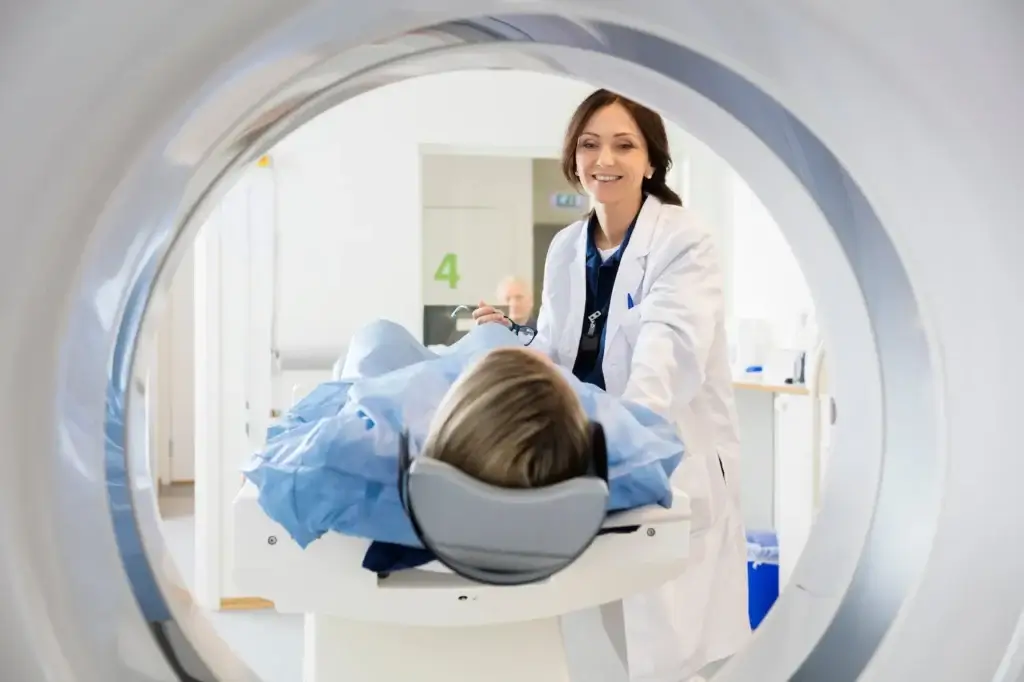Health Hub
36 ways to reduce piles (haemorrhoids)
Haemorrhoids, commonly known as piles, are an uncomfortable and often distressing condition affecting a significant portion of the population. They are caused by swollen veins in the rectal and anal regions and can lead to symptoms such as itching, pain and even bleeding.
This article is a comprehensive guide on how to both manage and prevent haemorrhoids, offering a range of solutions from dietary and lifestyle adjustments to medical treatments.
If you’re suffering from piles, why not find out more about our haemorrhoid treatments?
Lifestyle and Dietary Changes
The development and exacerbation of haemorrhoids can be closely related to one’s lifestyle and dietary habits. By making intentional choices in these areas, one can significantly reduce the risk and severity of haemorrhoids. Here’s a deeper dive into these changes:
1. Mindful Eating
Approach: Practise being fully present during meals, focusing on every bite. This involves tasting the flavours, feeling the textures, and being aware of the act of chewing itself. Make a conscious effort to chew each mouthful slowly and thoroughly before swallowing.
Why it Works: Mindful eating, where one chews food slowly and thoroughly, optimises digestion and reduces the risk of constipation. Proper mastication aids in smoother food transit and nutrient absorption in the gut. This approach also minimises straining during bowel movements, a leading factor in hemorrhoid development. Eating also slowly helps recognize fullness cues, preventing overeating which can further strain the digestive system.
2. Fibre
Approach: Increase dietary fibre by consuming whole grains, fruits, vegetables, and legumes. For those who find it challenging to meet their daily fibre requirements through diet alone, fibre supplements can be a beneficial addition.
Why it Works: Dietary fibre adds bulk to stool and absorbs water, making it softer and easier to pass. This reduces the need to strain during bowel movements. Straining is a primary factor in the development and worsening of haemorrhoids.
Examples: Incorporate foods like oats, whole wheat bread, beans, lentils, apples, and broccoli into your daily diet. For supplements, consider psyllium husk or methylcellulose, which are readily available.
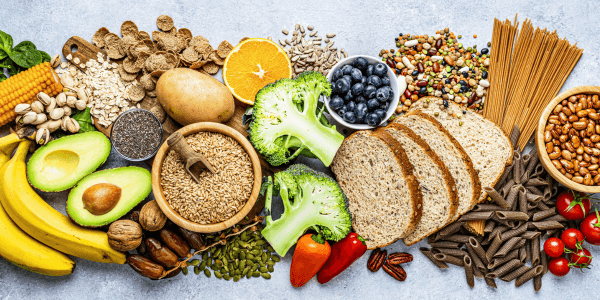
3. Water
Approach: Ensure you drink plenty of water daily.
Why it Works: Water complements the work of dietary fibre. As fibre absorbs water, it helps in softening the stool. Without adequate hydration, even a fibre-rich diet can result in hard stools and constipation, which can exacerbate haemorrhoids.
4. Consume Flavonoid-rich Foods
Approach: Include foods like berries, cherries, and citrus fruits in your diet.
Why it Works: These foods can enhance blood vessel function.
5. Avoid Straining
Approach: Be gentle and patient during bowel movements. Avoid exerting excessive force.
Why it Works: Straining increases the pressure in the rectal and anal veins, which can lead to the formation and exacerbation of haemorrhoids. Over time, constant straining can weaken the supporting tissues, causing haemorrhoids to prolapse or become more pronounced.
6. Regular Bowel Movements
Approach: Heed nature’s call promptly. When you feel the urge, go.
Why it Works: Holding back bowel movements can lead to harder stools, requiring more force to pass later. This not only increases the risk of constipation but also amplifies the straining, putting further pressure on the hemorrhoidal veins.
7. Exercise
Approach: Engage in regular physical activity, focusing on activities that strengthen the core and improve overall circulation.
Why it Works: Regular exercise promotes healthy bowel functions, reducing the risk of constipation. Additionally, good circulation can prevent blood from pooling in the veins, a condition that can lead to haemorrhoids. Strengthening the core muscles also aids in reducing the pressure on the rectal veins.
Examples: Walking, jogging, swimming, yoga, and pilates are excellent choices.
Try Pelvic Floor Exercises
Regularly perform exercises that target and strengthen the pelvic floor muscles. Stronger pelvic floor muscles can improve rectal vein circulation, reducing the risk of haemorrhoids.
8. Limit Time on the Toilet
Approach: Avoid reading, using your phone, or any other activity that can lead to extended periods on the toilet.
Why it Works: Sitting on the toilet for prolonged durations increases pressure on the rectal area, leading to blood pooling in the hemorrhoidal veins. Over time, this can exacerbate existing haemorrhoids or lead to the formation of new ones.
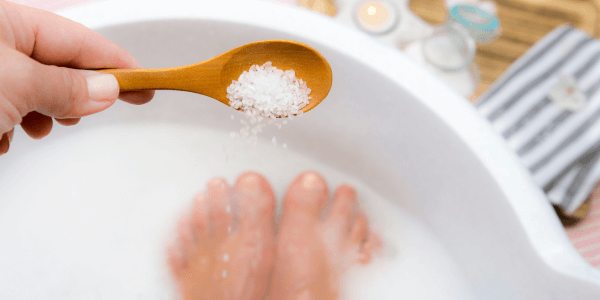
Hygienic Measures
Proper hygiene is essential when dealing with haemorrhoids. Keeping the anal area clean and dry can alleviate symptoms and prevent complications. Here’s a deeper understanding of the recommended hygienic practices:
9. Gentle Cleaning
Approach: After every bowel movement, ensure you clean the anal region gently, opting for water or moist wipes over dry toilet paper.
Why it Works: Cleaning the area reduces the risk of infections and irritations. Using water or moist wipes is preferable as they are less abrasive than dry toilet paper. Abrasive cleaning can aggravate the sensitive skin around haemorrhoids and may lead to bleeding or further inflammation.
10. Sitz Baths
Approach: Fill a bathtub or a sitz bath basin with warm water, ensuring it’s enough to submerge the buttocks and hips. Sit in this water for 10-15 minutes, and consider doing this several times a day, especially after bowel movements.
Why it Works: The warm water helps relax the anal sphincter, reducing itching, irritation, and muscle spasms. Sitz baths can improve blood flow to the rectal area, promoting healing and providing relief from haemorrhoid symptoms. This practice is particularly beneficial after a bowel movement, ensuring any residual faecal matter that could irritate the haemorrhoids is cleaned away.
11. Dry Properly
Approach: After cleaning or taking a sitz bath, ensure the anal area is dried thoroughly. Gently pat the area dry with a soft cloth or consider using a hairdryer on a cool setting.
Why it Works: Moisture in the anal region can exacerbate the symptoms of haemorrhoids, potentially leading to infections or further irritation. By ensuring the area is dry, you’re minimising the risks associated with prolonged moisture, such as fungal infections or skin breakdown.
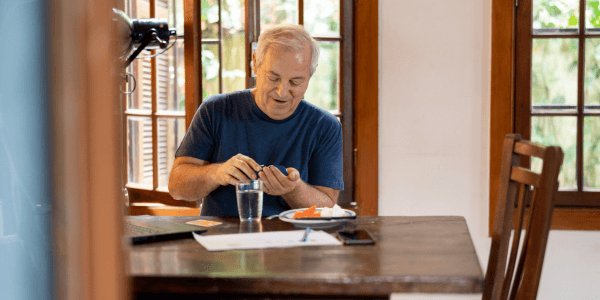
Over-the-counter (OTC) Treatments
When dealing with the discomfort and pain of haemorrhoids, many individuals turn to OTC treatments. These treatments can offer temporary relief from the symptoms of haemorrhoids without the need for a prescription.
12. Creams and Ointments
Approach: Various OTC creams and ointments are formulated specifically for haemorrhoid symptoms. These are typically applied directly to the affected area.
Why it Works: These products often contain ingredients like hydrocortisone or witch hazel, which can provide relief from itching and reduce inflammation. The protective barrier they form can also help prevent further irritation from moisture or contact with faecal matter. Some creams and ointments may also contain a local anaesthetic to numb the area, offering immediate relief from pain.
13. Suppositories
Approach: Suppositories are solid medical preparations that are inserted into the rectum. They melt or dissolve inside, delivering medication directly to the affected area.
Why it Works: Designed for internal haemorrhoids, suppositories aim to provide relief from symptoms like itching, pain, and swelling from within. They often contain the same or similar active ingredients as haemorrhoid creams and ointments but are formulated to act on internal haemorrhoids. They can reduce inflammation, soothe the mucous membrane, and lubricate the rectal passage, making bowel movements less painful.
14. Pain Relievers
Approach: Non-prescription pain relievers, such as ibuprofen, or aspirin, can be taken to manage the pain associated with haemorrhoids.
Why it Works: These medications work systemically to reduce inflammation and pain. For instance, ibuprofen is an anti-inflammatory drug that can help reduce the swelling of haemorrhoids, while acetaminophen can help manage the pain. However, it’s essential to follow the recommended dosage and consider potential drug interactions or side effects.
While OTC treatments can provide temporary relief from the symptoms of haemorrhoids, they should be used as directed, and individuals should consult a healthcare provider if symptoms persist or worsen. It’s also essential to read and understand the ingredients and directions for any OTC product to ensure safe and effective use.
Medications
For those with severe or persistent haemorrhoids, over-the-counter treatments might not be sufficient. In such cases, doctors may prescribe specific medications to alleviate symptoms or address underlying causes. Here’s an insight into these prescription treatments:
15. Topical Treatments
Approach: These are stronger creams or ointments that are applied directly to the affected area, usually containing a higher dose of active ingredients than their OTC counterparts.
Why it Works: Prescription topical treatments often contain potent anti-inflammatory agents, local anaesthetics, or steroids that can effectively reduce pain, itching, and swelling.
Examples:
- Anusol HC: Contains hydrocortisone, an anti-inflammatory that reduces swelling and discomfort.
- Scheriproct: Combines a corticosteroid with a local anaesthetic to reduce inflammation and numb the area.
- Proctosedyl: Another combined treatment, this ointment has both a corticosteroid and a local anaesthetic to alleviate pain and inflammation.
16. Oral Medications
Approach: These are systemic treatments taken by mouth to address pain or other haemorrhoid symptoms.
Why it Works: Oral medications can provide relief from pain, reduce inflammation, or target specific issues like constipation, which may exacerbate haemorrhoids.
Examples:
- Paracetamol: A common pain reliever available without prescription but often recommended by doctors for pain management.
- Ibuprofen: A non-steroidal anti-inflammatory drug (NSAID) that can help reduce inflammation and pain.
- Codeine: A stronger painkiller sometimes prescribed for haemorrhoid pain. It should be used with caution, as it can cause constipation, and potentially worsening haemorrhoids.
- Laxatives: Such as Fybogel or Lactulose, might be prescribed if constipation is a contributing factor to the haemorrhoids.
It’s essential to always follow the doctor’s instructions when using prescription medications and to be aware of potential side effects. Regular check-ups and consultations are vital to ensure that the treatment is effective and that no complications arise.
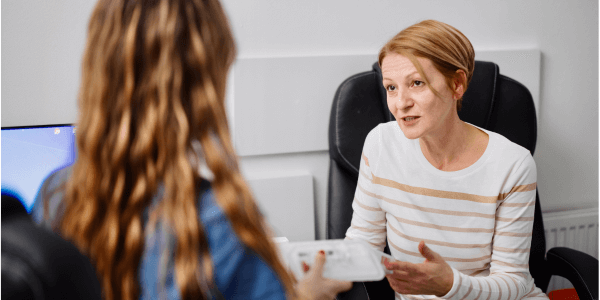
Minimally Invasive Procedures
For persistent or severe haemorrhoids, more invasive procedures might be recommended by doctors. These can offer more lasting relief, especially when conservative treatments fail to address the symptoms. Here’s an exploration of these procedures:
17. Rubber Band Ligation
How it Works: During this outpatient procedure, a doctor places one or two tiny rubber bands around the base of the haemorrhoid, effectively cutting off its circulation. This causes the haemorrhoid to wither and fall off within a week.
Why it Works: By cutting off the blood supply, the haemorrhoid naturally dies and falls away, providing relief from associated symptoms.
Side-effects/Risks: Some people might experience pain or discomfort after the procedure. There’s a slight risk of bleeding a few days post-procedure when the hemorrhoid falls off. Rare complications include infection or a blood clot forming in the area.
18. Sclerotherapy
How it Works: A doctor injects a chemical solution directly into the haemorrhoid or the area around it.
Why it Works: This solution causes the hemorrhoid to shrink and, in time, disappear.
Side-effects/Risks: Sclerotherapy might cause pain, allergic reactions to the chemical, or, in rare cases, infection. It’s also possible for the hemorrhoid to recur.
19. Infrared, Laser, or Bipolar Coagulation
How it Works: These procedures involve the use of heat. An instrument directs an intense beam of infrared light, laser, or electric current at the hemorrhoidal tissue.
Why it Works: The heat causes the hemorrhoidal tissue to coagulate and shrink, eventually leading to its removal.
Side-effects/Risks: Potential risks include pain, bleeding, and the recurrence of haemorrhoids. In rare instances, there might be damage to the surrounding tissue.
20. Hemorrhoidectomy
How it Works: This is a surgical procedure where the haemorrhoid is entirely removed. It’s typically done under anaesthesia.
Why it Works: By removing the problematic hemorrhoid, it offers a long-term solution to the symptoms.
Side-effects/Risks: As with any surgery, there’s a risk of complications like infection, bleeding, or reactions to anaesthesia. Recovery can be painful, and it might take a few weeks to heal completely. There’s also a chance of faecal incontinence or anal stricture if the surgery affects the sphincter muscle.
Find out more about haemorrhoidectomy here.
21. Hemorrhoid Stapling
How it Works: This procedure, known as stapled haemorrhoidopexy, involves using a special stapling device to remove a ring of tissue around the base of the haemorrhoid. This interrupts the blood supply to the hemorrhoidal tissue.
Why it Works: Stapling blocks blood flow to the haemorrhoid tissue, causing it to wither and die while also lifting the prolapsed haemorrhoid back into its normal position.
Side-effects/Risks: Hemorrhoid stapling is generally less painful than a hemorrhoidectomy but comes with risks like bleeding, infection, and recurrence of haemorrhoids. There’s also a chance of complications related to the stapling itself, such as rectal perforation.
22. The Rafaelo procedure
How it Works: The Rafaelo procedure uses radiofrequency energy to treat haemorrhoids. Under local anaesthetic, a specialised probe is inserted into the haemorrhoid. This probe delivers short bursts of radiofrequency energy, causing the hemorrhoidal tissue to shrink. Over time, the treated haemorrhoid eventually detaches, while coagulation is simultaneously promoted to prevent bleeding.
Why it Works: The radiofrequency energy targets the hemorrhoidal tissue, leading to its shrinkage.
Side-effects/Risks: Some patients might experience pain or discomfort following the procedure, although it’s typically minimal compared to more invasive treatments. There’s a small risk of bleeding post-procedure, even though the method itself promotes coagulation.
Find out more about the Rafaelo procedure.
Always consult with a healthcare professional when considering these treatments. While they can offer relief from haemorrhoids, they come with risks and potential complications that should be thoroughly discussed with a doctor.
Preventative Measures
Prevention is often the best approach when it comes to health conditions, and haemorrhoids are no exception. By adopting certain habits and avoiding specific triggers, one can significantly reduce the risk of developing haemorrhoids or exacerbating existing ones.
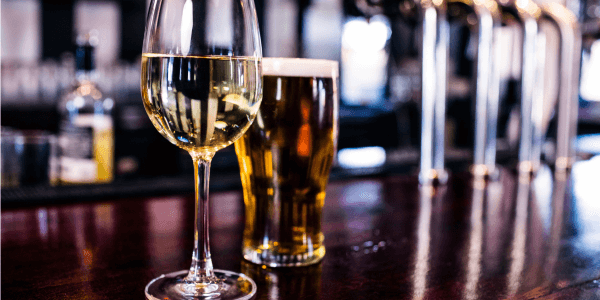
23. Limit Alcohol and Caffeine
Approach: Consume alcoholic and caffeinated beverages in moderation.
Why it Works: Both alcohol and caffeine can act as diuretics, leading to dehydration. Dehydrated stools can become hard and difficult to pass. In some people, these substances can also cause diarrhoea, which can irritate and inflame haemorrhoids.
24. Avoid Heavy Lifting
Approach: If lifting is unavoidable, ensure you use proper form. Bend at the knees, keep the back straight, and avoid holding your breath when lifting.
Why it Works: Incorrect lifting techniques can increase abdominal pressure, which in turn puts pressure on the veins in the rectal area. Using the right form minimises this pressure, reducing the risk of developing haemorrhoids.
25. Maintain a Healthy Weight
Approach: Engage in regular exercise and adopt a balanced diet.
Why it Works: Being overweight can place additional pressure on the pelvic and rectal veins. Maintaining a healthy weight reduces this pressure, lessening the risk of haemorrhoids.
26. Avoid Prolonged Sitting
Approach: If your job or lifestyle involves sitting for extended periods, take regular breaks to walk around. Consider using a cushion or specially designed pillow.
Why it Works: Sitting for extended periods can increase pressure on the veins in the lower rectum. Taking breaks and using cushions can help reduce this pressure.
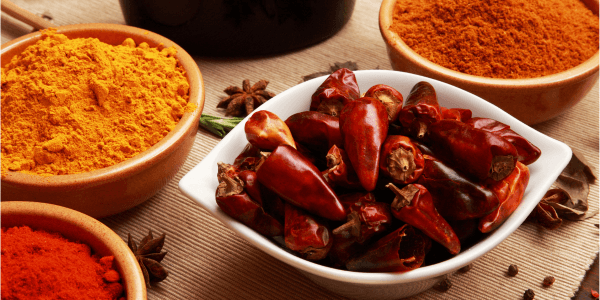
27. Limit Spicy Foods
Approach: If you notice that spicy foods exacerbate your symptoms, try to limit them in your diet.
Why it Works: Some people find that spicy foods can irritate the rectal area and exacerbate hemorrhoid symptoms.
28. Elevate Your Feet
Approach: Use a small stool to raise your feet while sitting on the toilet.
Why it Works: This altered position can ease the passage of stool by changing the angle of the rectum, reducing the need to strain.
29. Bioflavonoids Supplementation
Approach: Consume supplements rich in bioflavonoids, typically derived from citrus fruits.
Why it Works: Bioflavonoids strengthen and stabilise blood vessel walls and decrease inflammation, potentially reducing hemorrhoid severity.
Incorporating these preventative measures into your daily routine can make a significant difference in your risk of developing haemorrhoids or managing existing ones.
Alternative Remedies
Natural and alternative remedies can offer relief for many ailments, including haemorrhoids. While they may not replace standard medical treatments, they can provide supplementary relief for symptoms. If you’re considering any alternative remedies, it’s essential to consult with a healthcare professional to ensure they’re safe and appropriate for your specific situation.
30. Witch Hazel
Approach: Witch hazel is typically applied using a clean cloth or cotton ball directly to the affected area.
Why it Works: It contains tannins, which have astringent properties. When applied to the skin, it can help shrink swollen tissues, thereby reducing itching, burning, and pain commonly associated with haemorrhoids. Note: Always use a distilled form of witch hazel to avoid any irritants present in some commercial products.
31. Aloe Vera
Approach: Directly apply aloe vera gel to the affected area for relief. It’s best to use pure aloe vera rather than creams or lotions that contain aloe.
Why it Works: Aloe vera is renowned for its anti-inflammatory and soothing properties. When applied to haemorrhoids, it can help reduce inflammation and provide a cooling sensation. Note: Some people can be allergic to aloe vera. It’s recommended to do a patch test on a small area of skin before widespread application.
32. Warm Tea Bags
Approach: Steep a tea bag in hot water, remove it, let it cool to a safe and comfortable temperature, and then apply it directly to the hemorrhoid. Make sure the tea bag isn’t too hot, as applying something excessively warm to an already sensitive area can exacerbate the discomfort.
Why it Works: The warmth can soothe the irritated area, while certain teas, like chamomile, have anti-inflammatory and astringent properties that can help reduce swelling and inflammation.
33. Coconut Oil
Approach: Gently apply virgin coconut oil to the affected area several times a day. As with all topical applications, ensure the area is clean before applying, and use only pure, unrefined coconut oil to avoid potential irritants.
Why it Works: Coconut oil is known for its moisturising and anti-inflammatory properties. When applied to haemorrhoids, it can moisturise the area, reduce itching, and decrease inflammation.
34. Horse Chestnut Supplementation
Approach: Incorporate horse chestnut supplements into your regimen.
Why it Works: It is believed to improve vein elasticity and possesses anti-inflammatory properties.
35. Butcher’s Broom
Approach: Take butcher’s broom as an herbal remedy.
Why it Works: It helps to tighten and strengthen veins, which can be beneficial for alleviating haemorrhoids.
These remedies can be beneficial for many individuals, but it’s essential to approach them with an understanding that what works for one person might not work for another. Monitoring your body’s reaction to each remedy and being open to trying various approaches can help find what’s most effective for your situation.
36. Seek Medical Advice
If your symptoms persist, worsen, or if you notice bleeding, it’s essential to consult a healthcare professional.
Always consult with a healthcare provider when deciding on a treatment plan. Some methods might be more suitable for you than others based on the severity of your haemorrhoids, your overall health, and other individual factors.
If you’re suffering from piles, why not get in touch and see if we can help you on your treatment journey?
Article Sections
Latest Hospital News
Should you wish to speak to our press team, please visit Press Enquiries

